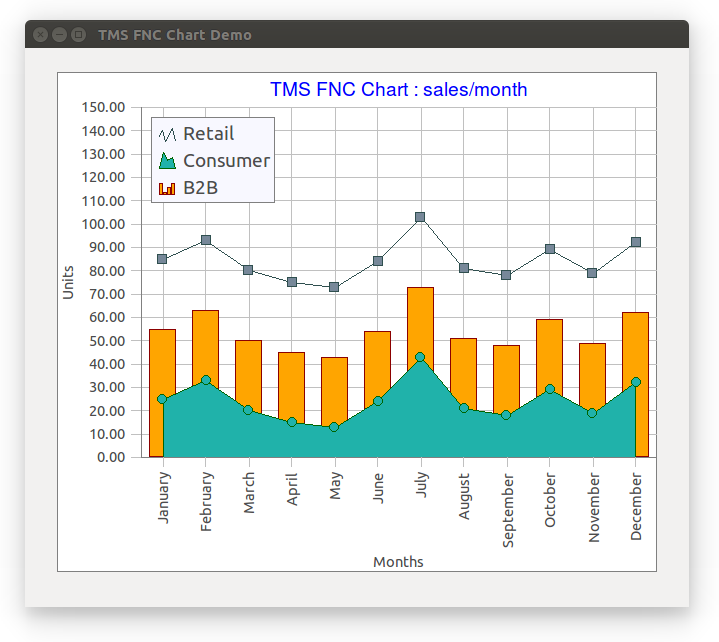Dev C++ Chart
- C++ Basics
- C++ Object Oriented
- C++ Advanced
Dev C++ Free Download
- C++ Useful Resources
- Selected Reading
The Massive Dev Chart is the world's largest source of processing times for developing black & white film. Continually updated, the chart has been online since 1995 and contains both manufacturer's published times and user submissions. Mar 02, 2015 Learn how to Plot Graphs in dev c.Program your graphs on dev c. Qt C 03 Charts and Plots with QCustomPlot - Duration: 13:10. Open Source Options 21,878 views. Nov 10, 2016 DEV-C for Windows contains all standard features necessary for creating, fixing, and executing programs written in C program languages. As C is an object-oriented expansion of C, it also supports earlier versions of the language.
Unlike for and while loops, which test the loop condition at the top of the loop, the do...while loop checks its condition at the bottom of the loop.
A do...while loop is similar to a while loop, except that a do...while loop is guaranteed to execute at least one time.
Dev C Compiler
Syntax
The syntax of a do...while loop in C++ is −
Notice that the conditional expression appears at the end of the loop, so the statement(s) in the loop execute once before the condition is tested.

If the condition is true, the flow of control jumps back up to do, and the statement(s) in the loop execute again. This process repeats until the given condition becomes false.
Flow Diagram
Example
When the above code is compiled and executed, it produces the following result −
- C++ Basics
- C++ Object Oriented

- C++ Advanced
- C++ Useful Resources
- Selected Reading
A for loop is a repetition control structure that allows you to efficiently write a loop that needs to execute a specific number of times.
Syntax
The syntax of a for loop in C++ is −
Here is the flow of control in a for loop −
The init step is executed first, and only once. This step allows you to declare and initialize any loop control variables. You are not required to put a statement here, as long as a semicolon appears.
Next, the condition is evaluated. If it is true, the body of the loop is executed. If it is false, the body of the loop does not execute and flow of control jumps to the next statement just after the for loop.
After the body of the for loop executes, the flow of control jumps back up to the increment statement. This statement can be left blank, as long as a semicolon appears after the condition.
The condition is now evaluated again. If it is true, the loop executes and the process repeats itself (body of loop, then increment step, and then again condition). After the condition becomes false, the for loop terminates.
Flow Diagram
Example
When the above code is compiled and executed, it produces the following result −